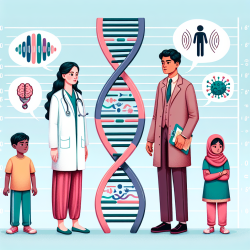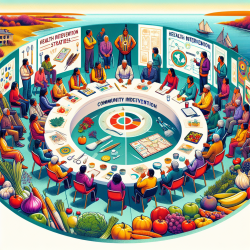Introduction
The COVID-19 pandemic has significantly impacted children's movement behaviors, as highlighted in the research article titled “You Can’t Go to the Park, You Can’t Go Here, You Can’t Go There”: Exploring Parental Experiences of COVID-19 and Its Impact on Their Children’s Movement Behaviours. This blog aims to provide practitioners with actionable insights to improve outcomes for children based on the study's findings.
Understanding the Impact
The study conducted semi-structured interviews with parents to explore how pandemic restrictions affected their children's physical activity, screen time, and outdoor play. The results revealed a significant decline in physical activity and outdoor play, with an increase in screen time due to restrictions and closures of parks and recreational facilities.
Key Findings and Practical Applications
- Loss of Structured Activities: Many children relied on structured activities like sports and physical education for their physical activity. Practitioners can encourage parents to create new routines that incorporate physical activities at home or in safe outdoor environments.
- Increased Screen Time: With online schooling and limited outdoor options, screen time has surged. Practitioners can guide parents in setting balanced screen time limits and incorporating educational and interactive screen activities.
- Limited Outdoor Play: Encourage families to explore local outdoor spaces while adhering to safety guidelines. Practitioners can suggest creative outdoor activities that engage children physically and mentally.
Encouraging Independent Mobility
The research highlights the importance of supporting children's independent mobility. Practitioners can work with families to gradually increase children's independence in safe environments, fostering confidence and physical activity.
Supporting Families Through Challenges
Families are juggling multiple roles during the pandemic. Practitioners can provide resources and support to help parents manage stress and prioritize their children's movement behaviors. Encouraging self-compassion and realistic expectations can also be beneficial.
Conclusion
The COVID-19 pandemic has reshaped children's movement behaviors, presenting challenges and opportunities for practitioners. By understanding the research findings and applying practical strategies, practitioners can support families in promoting healthy movement behaviors in children.
To read the original research paper, please follow this link: “You Can’t Go to the Park, You Can’t Go Here, You Can’t Go There”: Exploring Parental Experiences of COVID-19 and Its Impact on Their Children’s Movement Behaviours.










